
From the Hanging Gardens of Babylon to the Great Pyramid of Giza, these are 7 ancient wonders of the world
- This list was made more than 2,000 years ago by a Greek traveller, so it only includes structures from cultures in the Mediterranean and Middle East


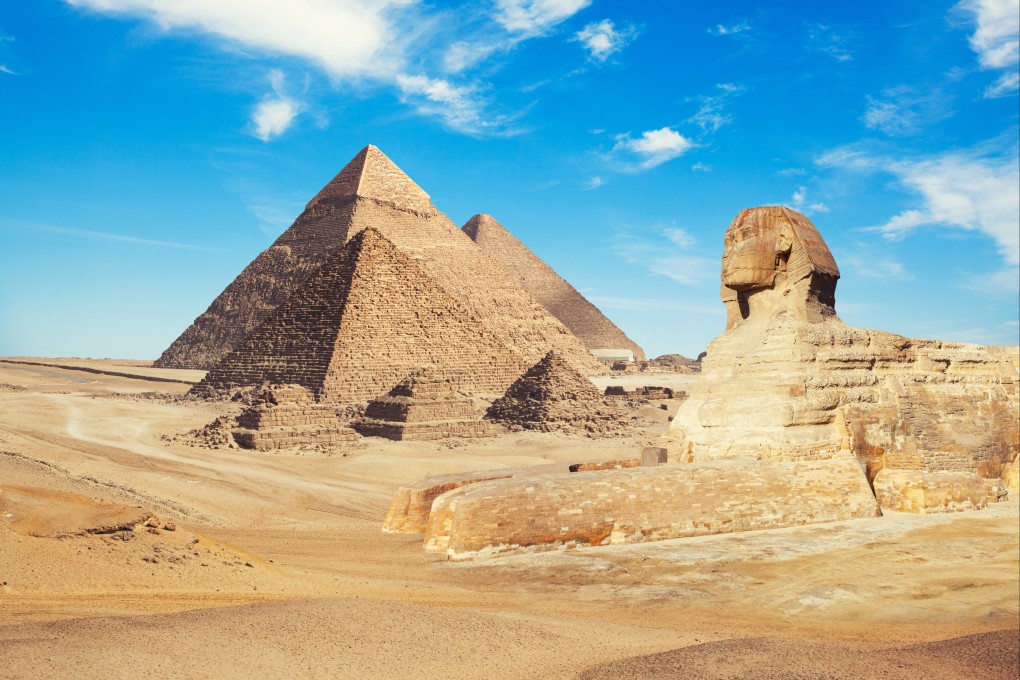


What was the real purpose of the Great Pyramids of Egypt?


Why was there a reservoir filled with oil in front of the statue of Zeus at Olympia?


What happened to the Colossus of Rhodes shortly after it was built?


What was the real purpose of the Great Pyramids of Egypt?


Over 2,000 years ago, Greek writer Antipater of Sidon made a list of the wonders of the ancient civilisations of the Mediterranean and Middle East: seven exceptional architectural achievements.
Great Pyramid of Giza
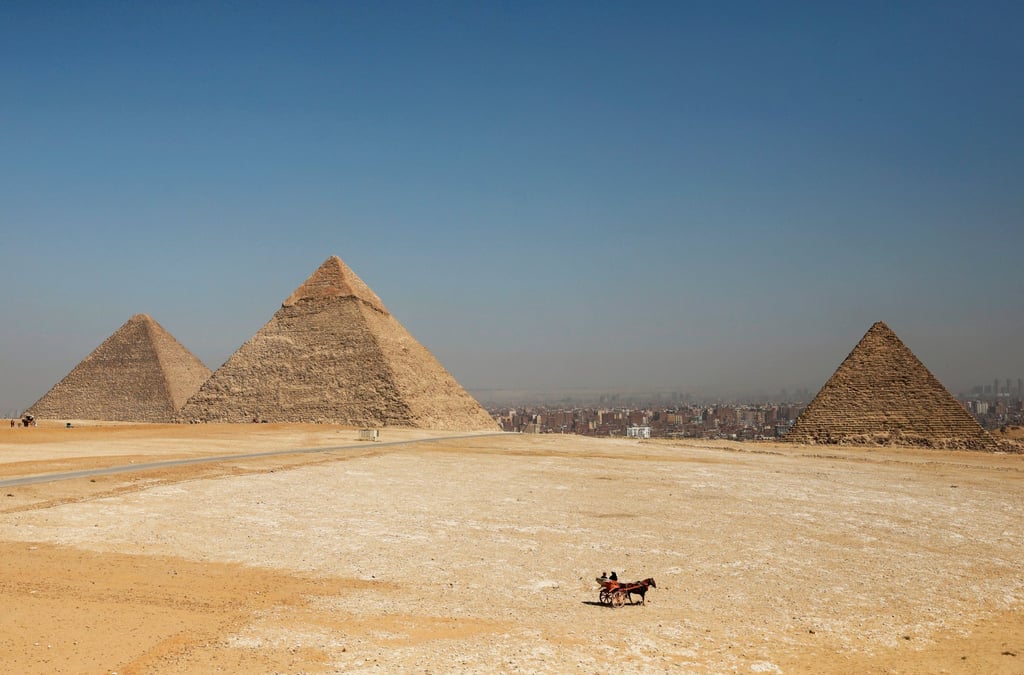
This is the largest Egyptian pyramid and the only ancient wonder that is still standing. It was the tomb for the ruler of the fourth dynasty, constructed in the 25th century BC, over a period of 27 years. Over 2.3 million blocks of stone needed to be quarried and transported to build this structure.
Hanging Gardens of Babylon
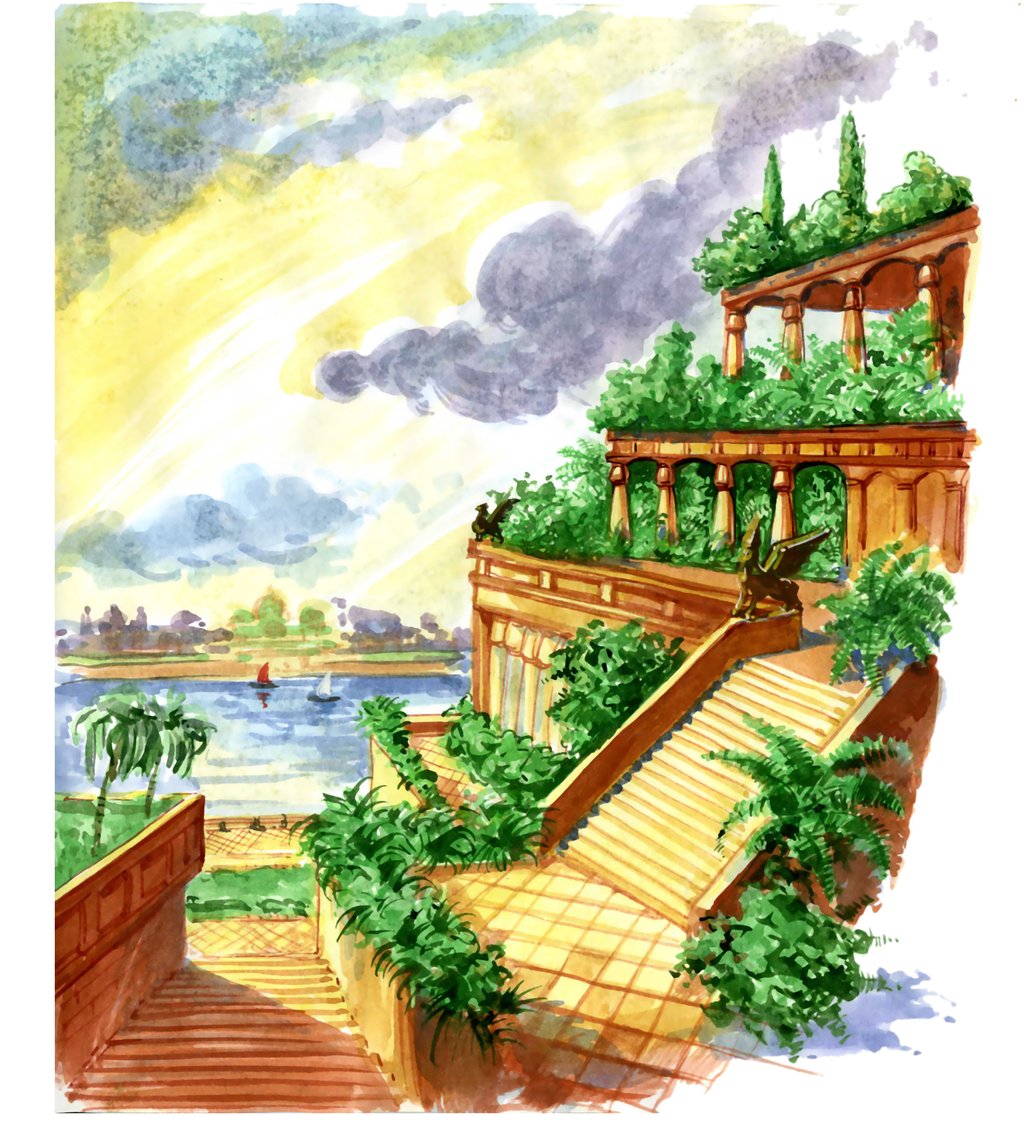
These were a series of terraces with an amazing array of plants. It was known as an engineering marvel, with ascending gardens that looked like a large green mountain made of mud bricks. They were believed to have been built around 600 BC in the ancient state of Babylonia.
Statue of Zeus at Olympia
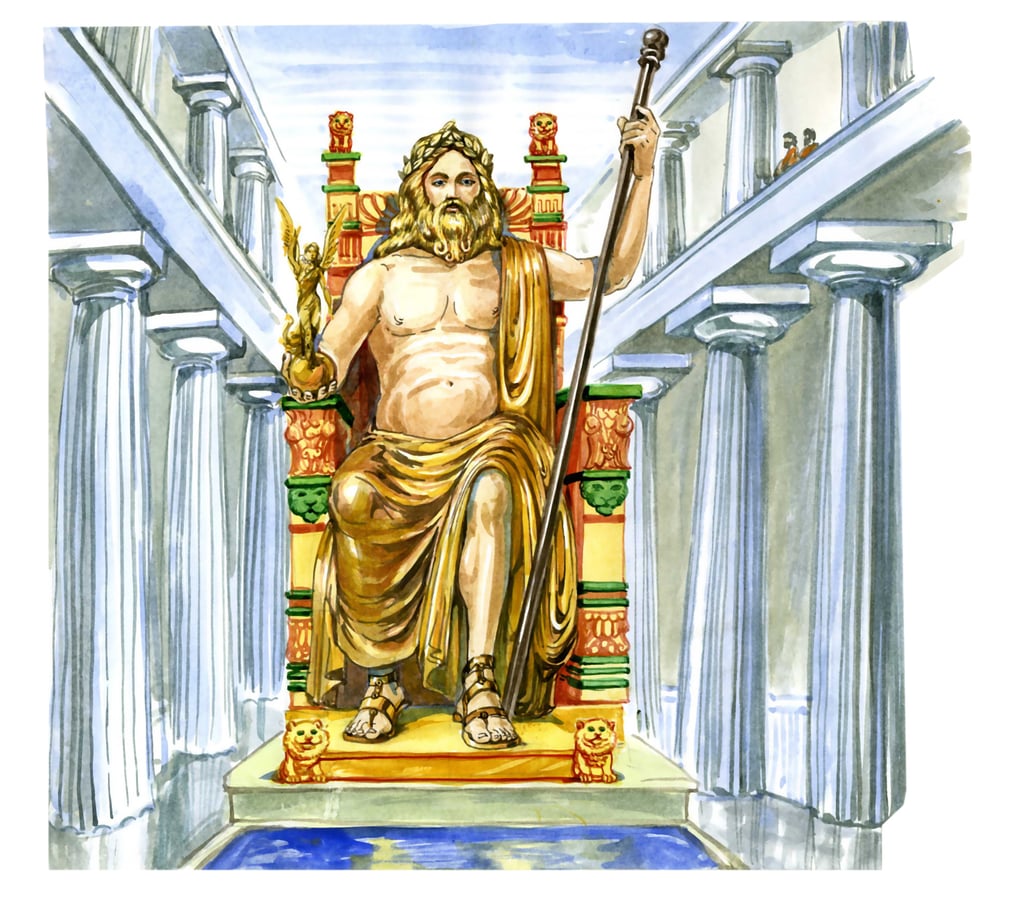
Phidias, one of antiquity’s greatest sculptors, created this statue with gold and ivory. It depicted Zeus, the father of the Greek gods, sitting on his throne. In front of the statue was a reservoir filled with oil to help protect the statue from humidity. The 12-metre-tall figure was destroyed by an earthquake in the fifth century BC.
Temple of Artemis at Ephesus

This beautiful place of worship in an ancient city that is now in Turkey was devoted to the Greek goddess Artemis. The first structure was destroyed in a flood and rebuilt, but the second was burned by an arsonist named Herostratus in 356 BC.
Colossus of Rhodes
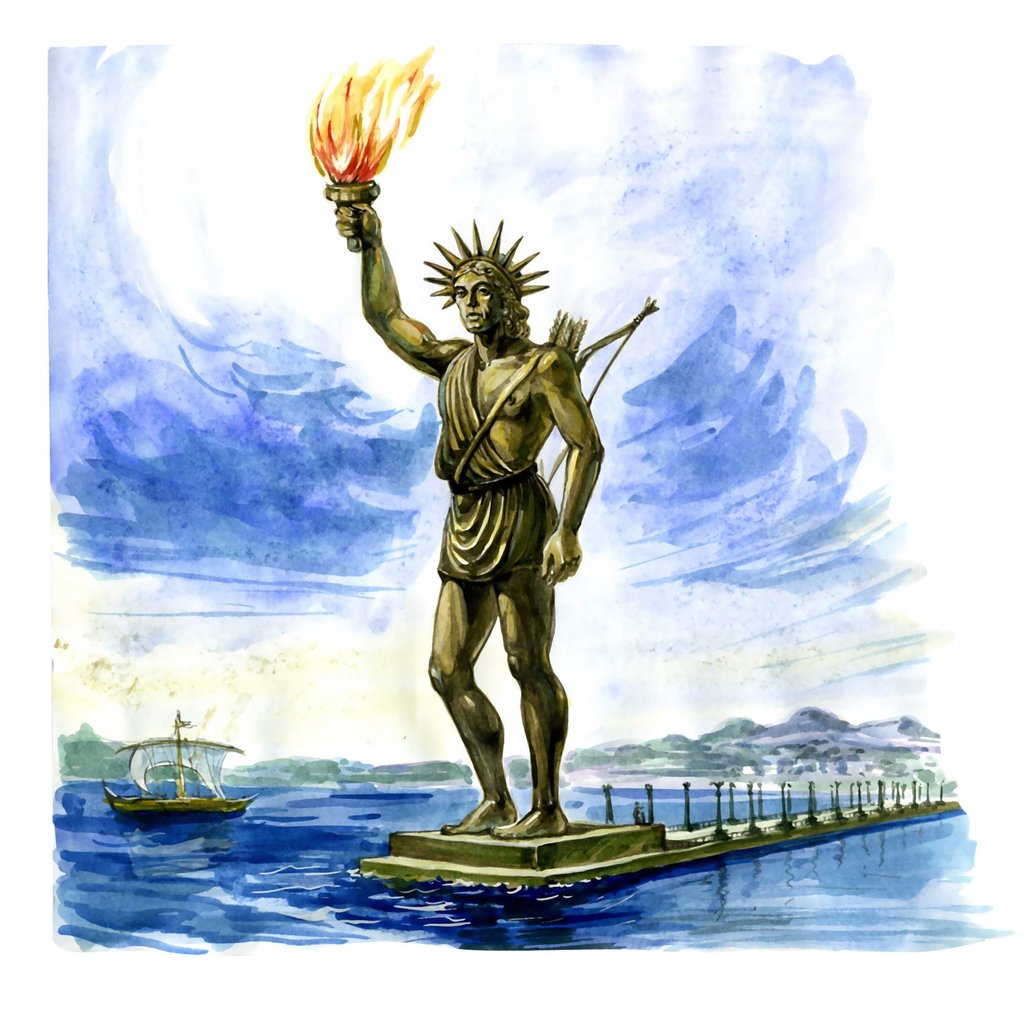
Known as the shortest-lived wonder, the Colossus was so large that it only survived for 56 years before it was toppled by an earthquake in 224 BC. The 33-metre-tall sculpture was created by the sculptor Chares of Lindos.
Lighthouse of Alexandria
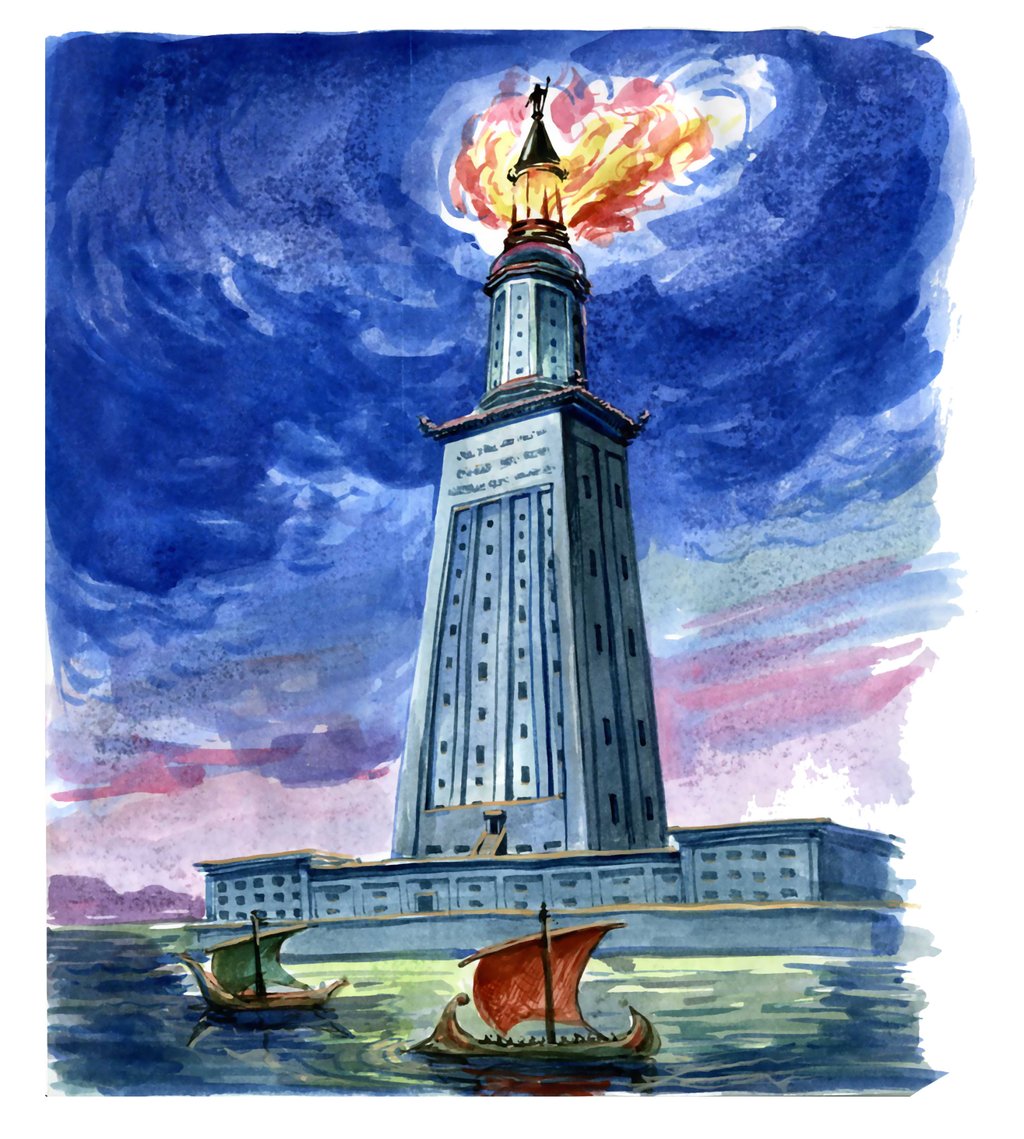
Built by Sostrates of Cnidus in about 280 BC, this was the most famous lighthouse in antiquity. It stood for 1,500 years on the Egyptian island of Pharos. The lighthouse was said to have been over 100 metres high, only second at the time to the pyramids of Giza.
Mausoleum at Halicarnassus
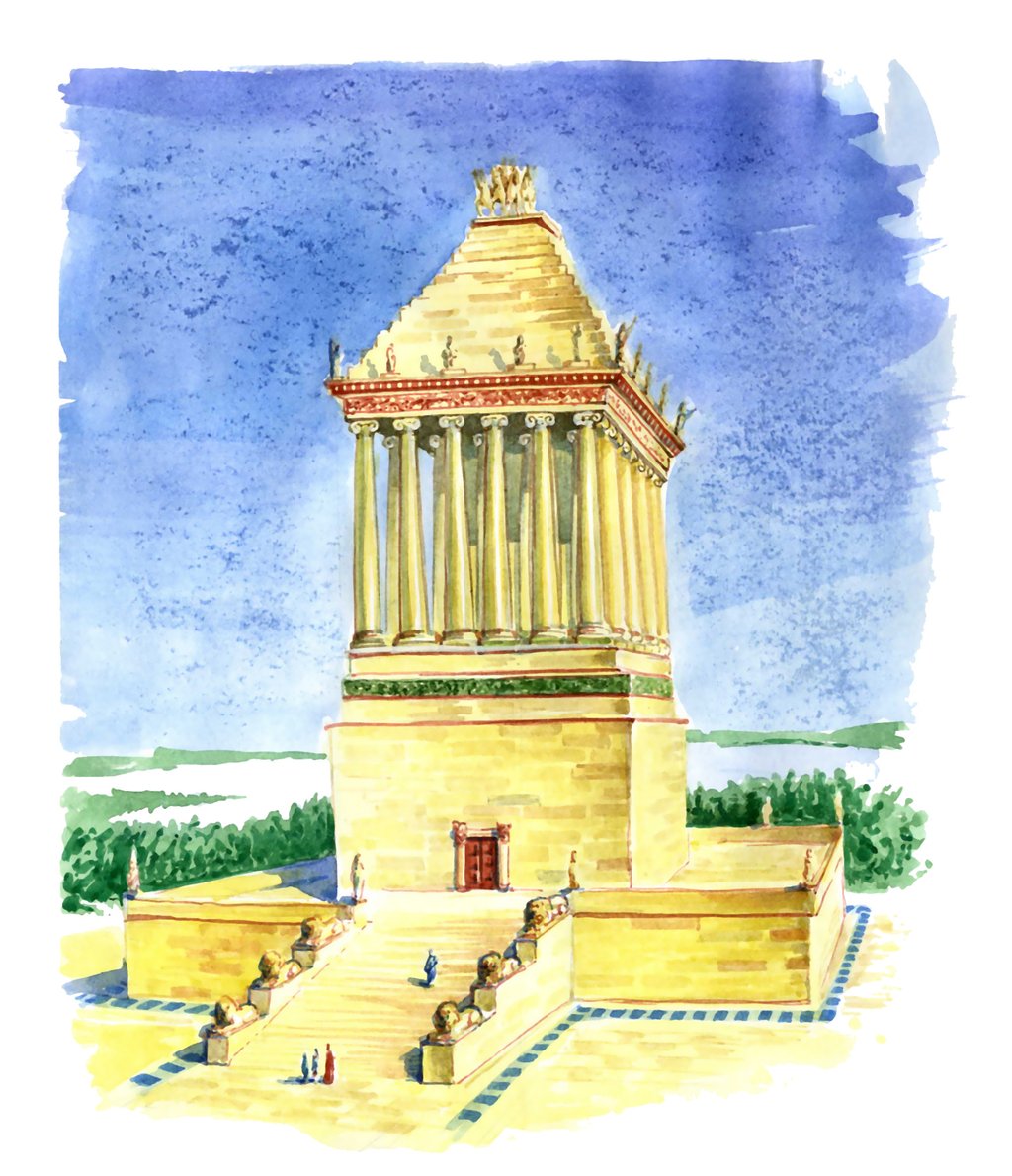
Mausolus, a ruler in the Persian Empire, built a tomb for himself and his family in 350 BC. It was the work of the Greek architects Satyros and Pythius. It was about 41 metres tall and had intricate decorations. The structure was destroyed around 1500 AD.
Use the puzzle below to test your knowledge of the vocabulary words in the story.
Suggested answers
-
Answer this: The pyramids were used as tombs for deceased Egyptian rulers.
-
Stop and think: The oil would balance the humidity in the room, which kept the statue in good condition.
-
Consider: The Colossus of Rhodes was destroyed because of an earthquake, making it the shortest-lived ancient wonder.



the ancient past
a wonderful or astonishing person or thing
to take stone out from a large, deep pit
to fall over

the ancient past
a wonderful or astonishing person or thing
to take stone out from a large, deep pit
to fall over


Why was there a reservoir filled with oil in front of the statue of Zeus at Olympia?


What happened to the Colossus of Rhodes shortly after it was built?